Invaluable Learning Experiences: Thoughtful Design and Implementation of Dissections
By Danielle Adler, Ed.D , San Diego Youth Science, LLC
When people recall their science experiences in school, those with strong memories often describe times when they were actively engaging with content, having hands-on exploration, and participating in the process of science. Many describe conducting dissections that were memorable but not often couched in broad concepts beyond the anatomy of the specific target species.
One of the content areas our partnering schools and teachers request to have us do year after year is animal dissections. We work to design and teach these science programs in ways that leverage local and current scientific phenomena, research, and resources. For our population of students in San Diego, the ocean is a very real presence, and this place-based learning creates a space where students and their teachers make meaningful connections. To this end, we design our dissection programs to take advantage of the local marine habitat right off the coast, differentiating instruction for each grade level.
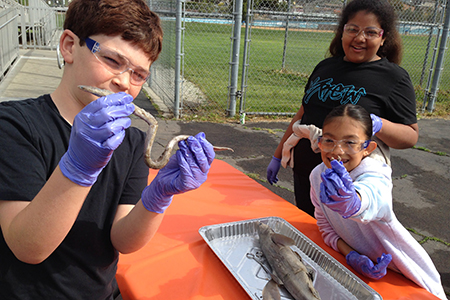
Our student scientists in UTK through first grade dissect California Market Squid, second and third grade Pacific Mackerel, and fourth and fifth grade Spiny Dogfish Sharks. Across the elementary years, students build on their knowledge as they collaborate to explore how each organism has adapted to move, avoid predation, find food, and survive. In addition, research teams discuss energy flow within this system, direct and indirect human impact (including climate data), and how fisheries can be both utilized and protected when the resource is scientifically understood and sustainably managed. Students and their classroom teachers who have engaged in these experiences with us in elementary school still talk about them years later.
As a science educator, I am passionate about dissections that leverage our local habitats, and strive to have students and their teachers embrace this amazing opportunity to explore the life history of each unique organism. To conduct dissections in a meaningful and responsible way, instructional planning needs to include respect and appreciation for the organism being used. Educators must construct ways for students to grasp larger concepts such as food webs and the human impact on them. One of the ways we achieve this is through collaborating with the local fishing community to obtain the organisms, highlighting the fishery, and discussing the resource management needed. We have group discussions in class around our choice of dissecting California Market Squid. They have short lifespans, just a year, and usually die after spawning. They are targeted by the fishery after they spawn, which makes squid a very sustainable species to harvest, with over 107 million pounds landed in 2021 locally. In addition, squid are a great entry choice for students and teachers because they are inexpensive and easy to obtain.
Most teachers recognize the fact that dissections are hands-on, providing a great way for students to learn and engage around the idea of adaptations. However, dissections can be about so much more, providing a powerful way to generate authentic student-led discourse around concepts that are not often able to be taught in a hands-on, and exploratory way. Dissections can anchor concepts ranging from food webs and the interdependent relationships in ecosystems, to energy flow in a habitat and natural resources. In our dissection classes, we often bring in and examine other organisms and artifacts in the animals’ habitat (ie.- algae, phyto/zooplankton under microscopes, invertebrates, and vertebrates), to help students better understand the organisms’ role in the habitat. In fact, even the dissected squid and mackerel will not be wasted. After each dissection the specimens are frozen to give to a local youth angling group. Our students are so excited to know their specimens will be used by other children for bait.

Oliver opening shark mouth

Rain Holding Shark
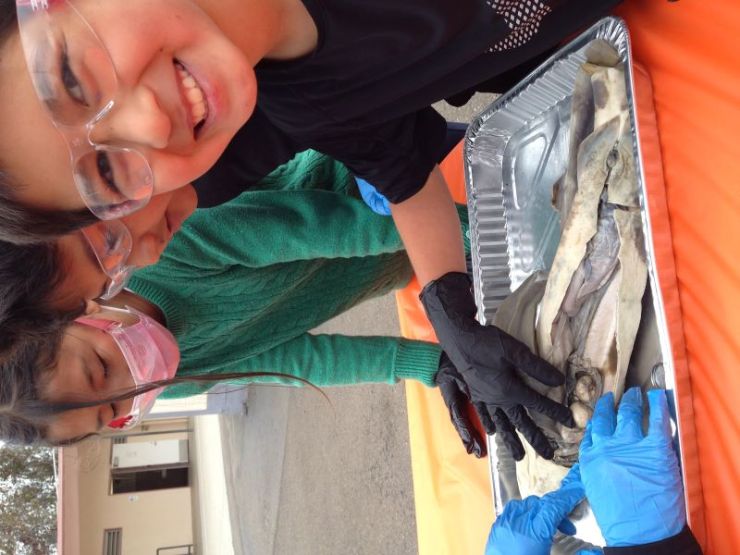
Shark dissection with eggs
After conducting hundreds of dissections with squid, mackerel, and sharks over the years myself, I am still discovering new things and filled with a sense of wonder and awe. Even when the species is the same, there can be such diversity. In our Spiny Dogfish Shark dissections, we never know what we will find. These ovoviviparous fishes produce eggs that hatch within the female and then bear live young after up to years of gestation. As students begin examining the females, some teams find their shark’s uterus empty, others find unfertilized eggs, while others discover completely developed pups still attached to the egg sac. It’s so exciting and can lead to rich discussions around not only anatomy and physiology but also behaviors and opportunistic pups that are cannibalistic.
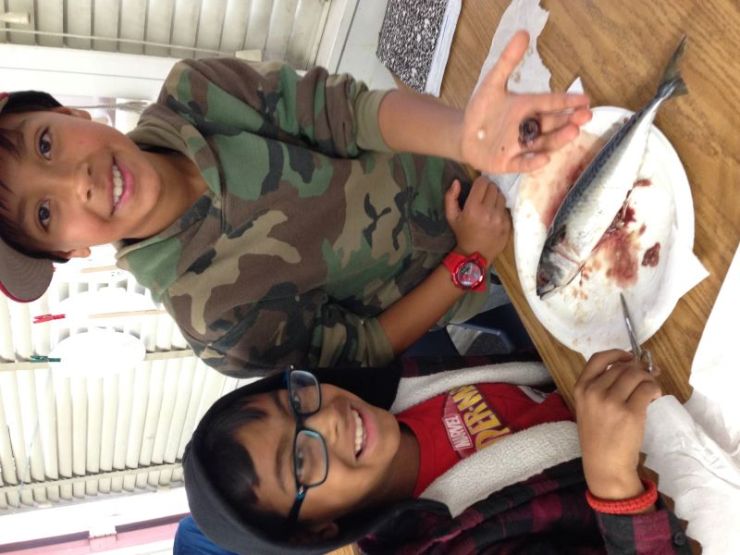
As an example from a recent class, one of our pairs of student scientists was carefully pushing out the stomach contents of their mackerel fish when they shouted out, “What is this pink mush with black dots?” Others said in response, “We have a bunch of shiny, clear, roundish things that look like plastic.” As student research teams excitedly compared their mackerel’s stomach contents, bringing them up to the document camera for all to see, they were engaging as scientists to share findings and discover firsthand the marine food web in action. Some of the mackerel that day had empty stomachs, the pink mush with black dots was krill, the shiny clear plastic-like things were fish scales, and one group even found a small intact squid. Of course, this group asked if they could dissect the squid too, then led the class to see if they could identify what the squid had been eating before its demise!
Through the hands-on experiences dissections afford, students have the opportunity to lead and be inquirers, exploring and collaborating through the process of science, generating their ideas to construct and find evidence to support them. These are the actions of scientists, and why creating authentic instruction is an invaluable experience our students deserve. Learning about our world in this way empowers young scientists to take ownership, find relevance, grow their scientific literacy, value discovery, and responsibly take action.
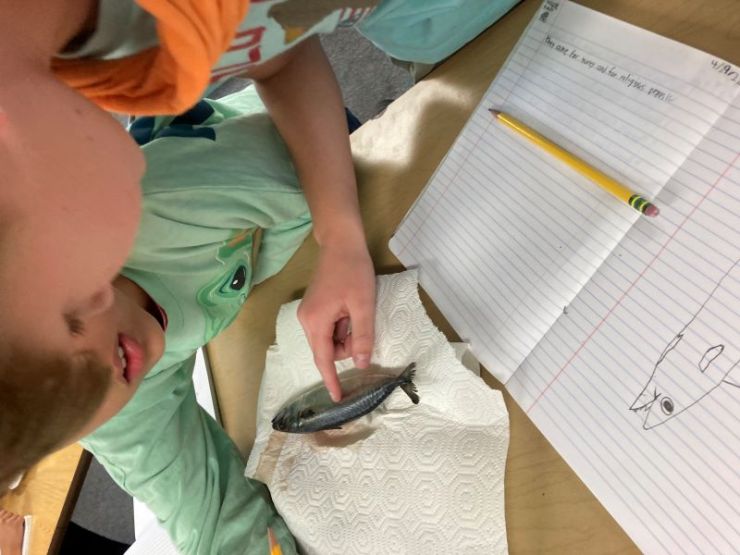
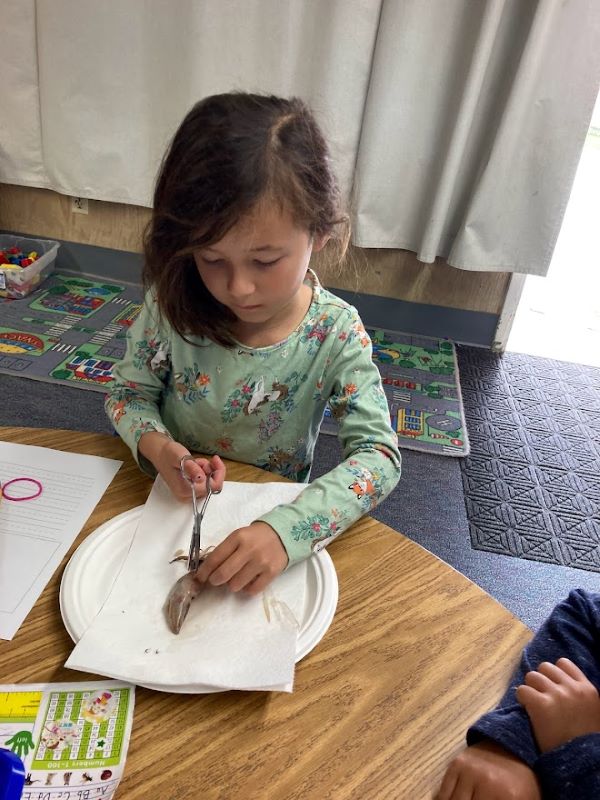
About San Diego Youth Science, LLC
Founded in 2015, the mission at SDYS is to inspire scientific thinking about the world through hands-on, student-driven experimentation and engagement in the process of science. SDYS strives to accomplish this by looking at current scientific phenomena and areas of scientific discovery each year, often collaborating with researchers and industry, to bring in authentic science experiences for our students and classroom teachers. All SDYS programs are custom-designed, for each partnering school, to enhance science during the school day, and taught by SDYS educators throughout the school year. All SDYS original curricula are aligned with the Next Generation Science Standards (NGSS) and work to make science relevant.
For more information about our SDYS program please contact: Danielle Adler, Ed.D.
San Diego Youth Science, LLC | (858) 952-6304






